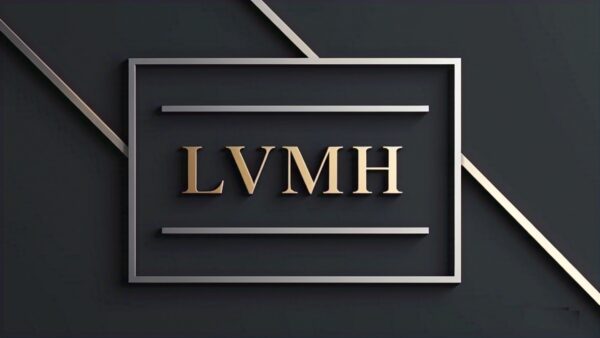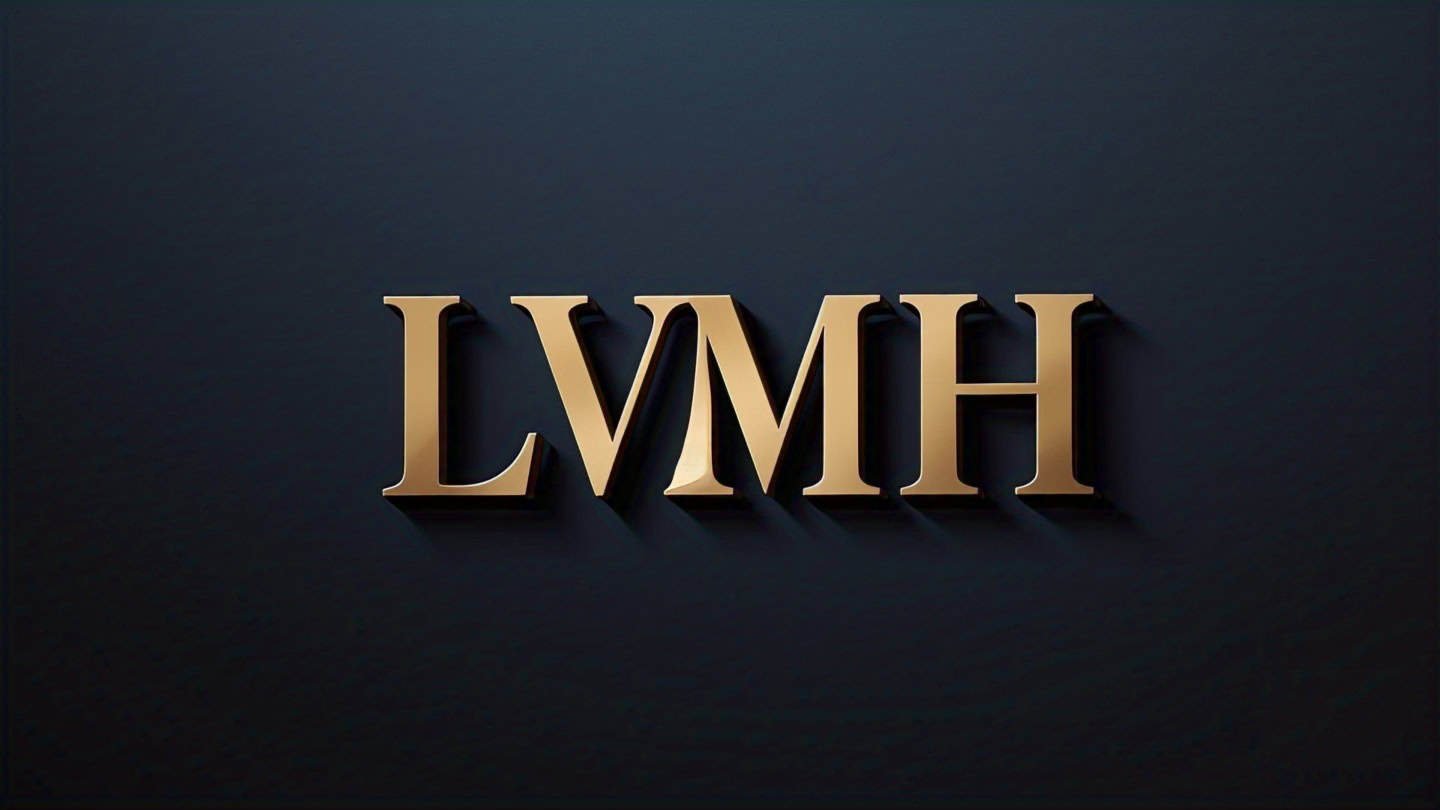LVMH: The Luxury Giant’s Triumphs and Trials
 Introduction:
Introduction:
LVMH, or Moët Hennessy Louis Vuitton, is a French multinational corporation and conglomerate specializing in luxury goods. Founded in 1987, The company has grown to become the world’s largest luxury goods company, boasting a portfolio of over 70 prestigious brands. The company’s success is built on its ability to blend tradition with innovation, creating products that are both timeless and contemporary.
LVMH History and Background
LVMH was formed through the merger of fashion house Louis Vuitton and wines and spirits company Moët Hennessy. Louis Vuitton, founded in 1854, is renowned for its high-quality leather goods, while Moët Hennessy, established in 1971, is famous for its champagne and cognac. The merger created a powerhouse in the luxury goods industry, combining expertise in fashion, leather goods, wines, and spirits.
LVMH Business Model
It operates through five main sectors: Wines and Spirits, Fashion and Leather Goods, Perfumes and Cosmetics, Watches and Jewlery, and Selective Retailing. Each sector is managed independently, allowing for specialized focus and innovation. The company’s business model is cantered around maintaining the exclusivity and prestige of its brands while expanding its global reach.
LVMH Key Brands
The company portfolio includes some of the most iconic names in luxury. Louis Vuitton, Dior, Fendi, Givenchy, and Celine are just a few of the fashion brands under its umbrella. In the wines and spirits sector, Moët & Chandon, Hennessy, and Dom Pérignon stand out. The company also owns renowned jewellery brands like Bulgari and TAG Heuer, as well as beauty brands such as Sephora and Benefit Cosmetics.
Market Position
They has established itself as a leader in the luxury goods market, with a strong presence in Europe, Asia, and the Americas. The company’s ability to adapt to changing consumer preferences and market conditions has been key to its success. Brands are known for their quality, craftsmanship, and innovation, which have helped the company maintain its competitive edge.
LVMH Financial Performance
The company financial performance has been impressive, with consistent revenue growth and profitability. The company’s diversified portfolio and strategic acquisitions have contributed to its financial stability. In recent years, the company has seen significant growth in its fashion and leather goods sector, driven by strong demand for luxury products in emerging markets.
LVMH Recent Trends
Sustainability Initiatives
One of the most significant trends in the luxury market is the growing demand for sustainable and ethically-produced products. They has responded to this trend by implementing various sustainability initiatives. The company has committed to reducing its carbon footprint, using eco-friendly materials, and promoting responsible sourcing. Brands like Louis Vuitton and Dior have launched collections made from recycled and sustainable materials, appealing to environmentally-conscious consumers.
Digital Transformation
The digital revolution has transformed the way consumers shop for luxury goods. They has embraced digital transformation by enhancing its online presence and investing in e-commerce platforms. The company has also leveraged social media and digital marketing to engage with younger audiences. Virtual fashion shows, online shopping experiences, and augmented reality features are just a few examples of how LVMH is integrating technology into its business model.
Expansion in Emerging Markets
LVMH continues to expand its presence in emerging markets, particularly in Asia. The company has opened new stores and increased its marketing efforts in countries like China and India, where the demand for luxury goods is on the rise. This expansion strategy has helped LVMH tap into new customer bases and drive revenue growth.
Collaborations and Partnerships
Collaborations and partnerships have become a key trend in the luxury industry. LVMH has teamed up with various artists, designers, and brands to create unique and exclusive products. These collaborations not only generate buzz but also attract new customers. Recent partnerships include Louis Vuitton’s collaboration with artist Jeff Koons and Dior’s partnership with streetwear brand Stüssy.
Challenges and Controversies
Despite its success, LVMH has faced several challenges and controversies. The company has been criticized for its environmental impact, labor practices, and aggressive marketing strategies. Additionally, LVMH has had to navigate the complexities of global trade and economic fluctuations. However, the company has taken steps to address these issues, including implementing sustainability initiatives and improving transparency.
Future Outlook
The future looks bright for LVMH, with continued growth expected in the luxury goods market. The company is well-positioned to capitalize on emerging trends, such as the increasing demand for sustainable and ethically-produced products. LVMH’s commitment to innovation and excellence will likely drive its success in the years to come.
FAQs
What is LVMH?
LVMH, or Moët Hennessy Louis Vuitton, is a French multinational corporation specializing in luxury goods. It was founded in 1987 through the merger of Louis Vuitton and Moët Hennessy.
What brands are under?
LVMH’s portfolio includes over 70 prestigious brands, such as Louis Vuitton, Dior, Fendi, Givenchy, Celine, Moët & Chandon, Hennessy, Dom Pérignon, Bulgari, TAG Heuer, Sephora, and Benefit Cosmetics.
How does LVMH maintain its market position?
Maintains its market position through a combination of quality, craftsmanship, innovation, and strategic expansion. The company adapts to changing consumer preferences and market conditions to stay competitive.
What are the recent trends?
Recent trends in include sustainability initiatives, digital transformation, expansion in emerging markets, and collaborations with artists and designers.
What challenges has faced?
LVMH has faced challenges related to environmental impact, labour practices, aggressive marketing strategies, global trade complexities, and economic fluctuations. The company has taken steps to address these issues through sustainability initiatives and improved transparency.
Conclusion
LVMH’s journey from a merger of two iconic brands to the world’s largest luxury goods conglomerate is a testament to its vision and resilience. The company’s ability to blend tradition with innovation has set it apart in the competitive luxury market. As LVMH continues to evolve, it remains a symbol of luxury and sophistication, inspiring consumers and competitors alike.
Related External Resources
🔗 MC: LVMH Moet Hennessy Louis Vuitton SE Stock Price Quote – EN Paris – Bloomberg
🔗 The Business of Fashion
_________________________________________________________________________________________________
- Home: Stay updated with the latest financial news and trends.
- Market Updates: Explore real-time analysis, expert insights, and breaking news covering various financial markets.
- Investment: Learn about various investment strategies to navigate market volatility.
- Personal Finance: Enhance your financial literacy with tips on budgeting, saving, and more.
- Financial Tools: Utilize powerful financial tools like budget calculators and investment trackers.
10 Job Interview Tips and Proven Strategies to Avoid Common Pitfalls

